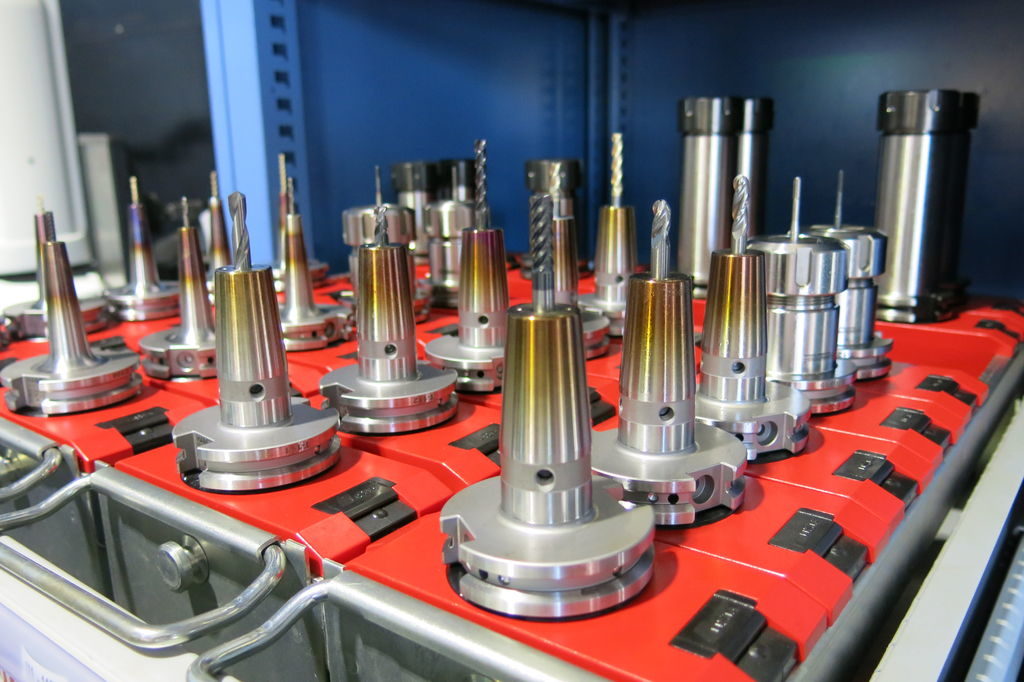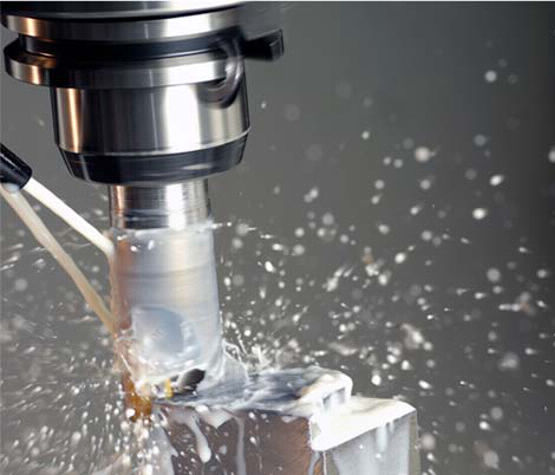Selection of Tool Geometrical Parameters
Selecting a tool from the existing inventory mainly needs to consider geometrical parameters such as the number of teeth, rake angle and blade helix angle. In the finishing process, the stainless steel chips are not easy to curl. A tool with a small number of teeth and a large chip pocket should be selected to make chip removal smooth and beneficial to the processing of stainless steel precision mechanical parts. However, if the rake angle is too large, it will weaken the strength and wear resistance of the cutting edge of the tool. Generally, an end mill with a normal rake angle of 10-20 degrees should be selected. The helix angle is closely related to the actual rake angle of the tool. When processing stainless steel, the use of a large helix angle milling cutter can make the cutting force small in the precision machining process and the machining is stable.


Surface quality of the workpiece is high, and the helix angle is generally 35°-45°. Due to the poor cutting performance, high cutting temperature and short tool life of stainless steel materials. Therefore, the cutting consumption of milling stainless steel should be lower than that of ordinary carbon steel.
Adequate cooling and lubrication can significantly extend tool life and improve the surface quality of precision mechanical parts after processing. In actual production, special stainless steel cutting oil can be selected as the coolant, and the water outlet function of the high-pressure center of the machine tool spindle can be selected. The cutting oil is sprayed to the cutting area at high pressure for forced cooling and lubrication to obtain a good cooling and lubrication effect.
Post time: Mar-15-2021
